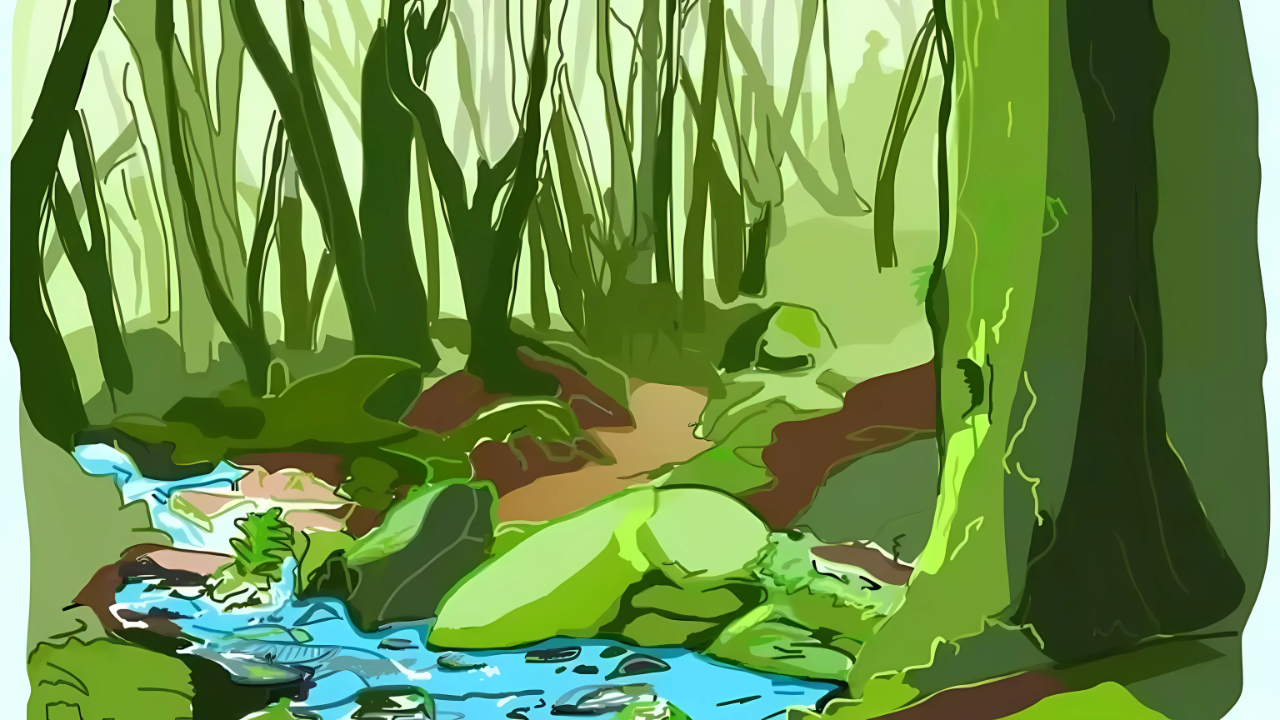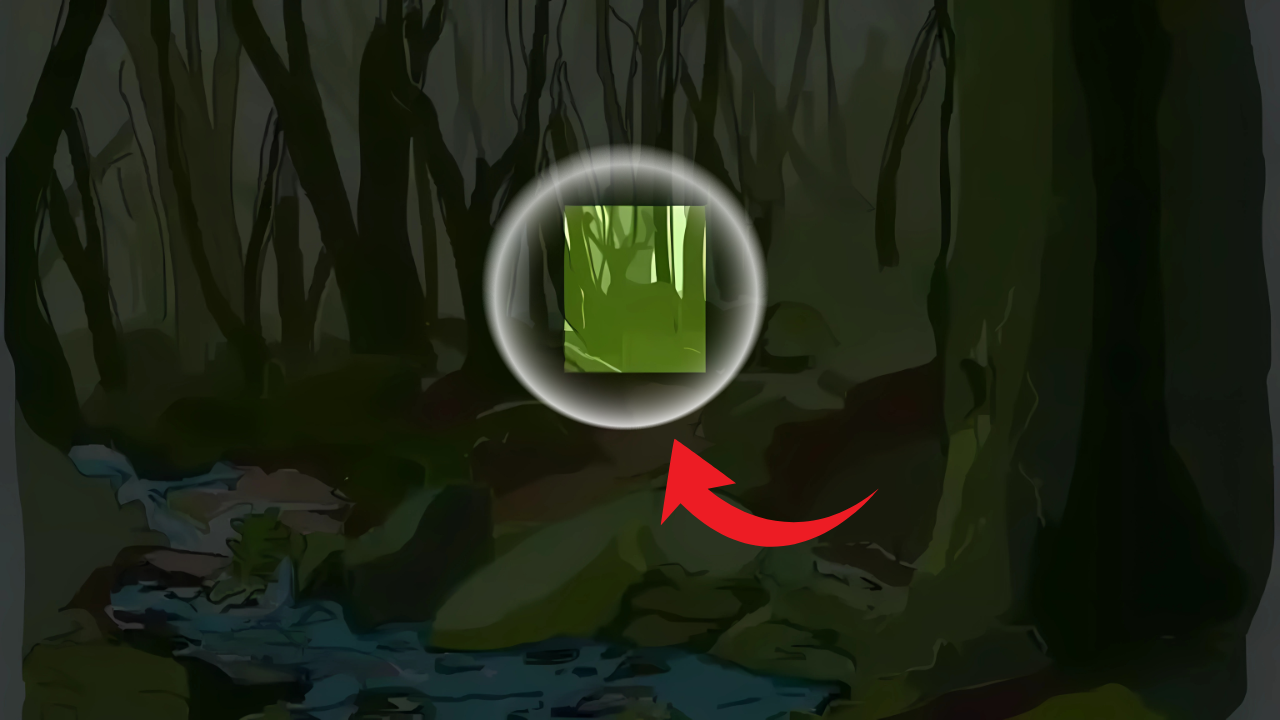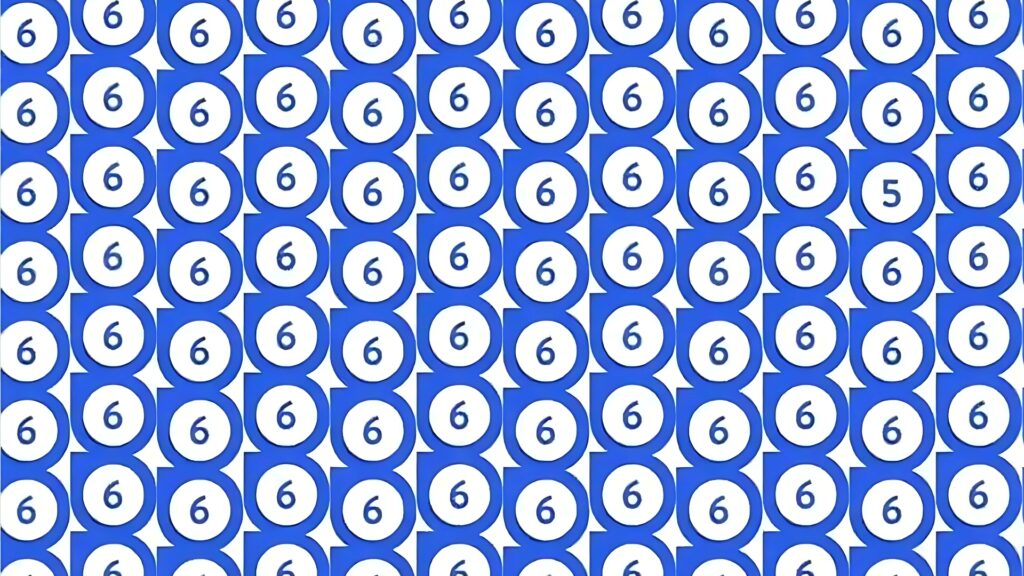In a world constantly bombarding us with visual information, our brains have become masters at filtering and processing what we see. But how sharp are your observation skills really? Today we’re diving into a fascinating optical illusion that’s been challenging internet users worldwide – the hidden deer puzzle that only the most perceptive minds can solve quickly.
Also Read:- Optical Illusion Eye Test Spot the Hidden Cave Among Gave in 5 Seconds
Table of Contents
The Fascinating World of Optical Illusions

Optical illusions aren’t just entertaining diversions – they’re windows into how our brains work. These visual puzzles occur when our minds interpret what our eyes see differently from reality. The disconnect between perception and reality creates that fascinating “how did I miss that?” moment we all experience when finally spotting what was hiding in plain sight.
When you look at an optical illusion, your brain is actively attempting to process visual information and create a coherent understanding. This complex process reveals surprising insights about how we perceive the world around us. Sometimes, this leads to unexpected discoveries as your mind deciphers hidden patterns or shapes that weren’t immediately apparent.
The Hidden Deer Challenge
The optical illusion gaining popularity shows what appears to be a peaceful winter forest scene. At first glance, you notice a brown deer standing prominently in the snowy landscape. But there’s a twist – another deer is cleverly camouflaged somewhere in the image, blending seamlessly with its surroundings.

The real challenge? Spotting this hidden deer in just 5 seconds. Studies suggest that only about 1% of people can accomplish this feat, making it an excellent test of your visual acuity and processing speed.
Why These Puzzles Matter for Your Brain
These aren’t just fun games – optical illusions like the hidden deer challenge offer significant cognitive benefits:
- Improved observation skills: Training your brain to notice subtle details enhances your overall attention to detail
- Enhanced focus: Concentrating on finding hidden elements strengthens your ability to maintain attention
- Cognitive flexibility: Seeing beyond the obvious develops adaptable thinking patterns
- Mental exercise: Just like physical workouts, your brain needs regular challenges to stay sharp
Research shows that regularly engaging with puzzles and visual challenges helps maintain cognitive function as we age. Think of these illusions as a gym for your brain – each challenge strengthens those neural connections.
How to Approach the Hidden Deer Puzzle
If you’re ready to test your perceptual abilities against this tricky illusion, here are some strategies that might help:
- Change your perspective: Sometimes looking at the image from different angles reveals what was hiding
- Scan systematically: Instead of random searching, methodically examine each section
- Look for patterns: The deer’s outline might be hidden among similar shapes
- Focus on contrasts: Even slight differences in color or texture can reveal the hidden animal
- Defocus slightly: Sometimes relaxing your gaze allows patterns to emerge
The camouflaged deer is cleverly hidden among the tree trunks in the background, where its natural coloring blends with the forest elements. Don’t feel discouraged if you don’t spot it immediately – persistence is key to solving these visual puzzles.
What Your Performance Reveals
Your ability to spot the hidden deer quickly might indicate more than just good eyesight. Studies suggest connections between perceptual abilities and aspects of intelligence, particularly spatial reasoning and pattern recognition.
If you found the deer within the first few seconds, you might possess exceptional visual processing abilities. These skills correlate with strong attention to detail and analytical thinking – valuable assets in many professional fields from design to investigation.
Don’t worry if it took longer – these skills improve with practice, and regularly challenging yourself with optical illusions can enhance your perceptual abilities over time.
Optical Illusion Here is Hidden Deer In The Image

The Science Behind the Challenge
Our brains evolved to recognize patterns and detect potential threats or food sources in natural environments. Camouflage works by disrupting these pattern-recognition systems, making it harder to distinguish objects from their backgrounds.
When looking at optical illusions, several brain regions activate simultaneously:
- The occipital lobe processes the raw visual information
- The temporal lobe helps identify what you’re seeing
- The parietal lobe handles spatial relationships
- The frontal lobe engages in problem-solving as you search
The complexity of this coordination explains why some illusions can be so challenging – they’re literally testing multiple brain functions at once.
Beyond Entertainment: Practical Applications
The skills tested by optical illusions have real-world applications. Professionals in fields requiring keen observation – from medical diagnostics to security screening – often undergo visual perception training similar to these challenges.
Wildlife photographers and nature enthusiasts develop similar skills for spotting camouflaged animals in their natural habitats. Military personnel train to detect hidden objects in complex environments. Even everyday activities like driving benefit from enhanced visual processing and attention.
By challenging yourself with puzzles like the hidden deer illusion, you’re not just having fun – you’re developing practical cognitive skills applicable to numerous areas of life.
Create Your Own Challenge
Want to test friends and family? Share this optical illusion on social media and see who can spot the hidden deer the fastest. These visual puzzles make for engaging group activities that spark conversation while exercising everyone’s brain.
You might be surprised by who has the sharpest eyes in your circle – sometimes the people you least expect demonstrate remarkable perceptual abilities!
The Bigger Picture
In our digital age of constant distraction, exercises that require focused attention become increasingly valuable. Optical illusions require us to slow down, concentrate, and really see what’s in front of us – a skill becoming rarer in our fast-paced world.
The next time you encounter a challenging optical illusion, remember: you’re not just playing a game. You’re engaging in a cognitive workout that strengthens your brain’s ability to process visual information accurately and efficiently.
So, were you able to spot the hidden deer within 5 seconds? Whether you succeeded quickly or needed more time, the practice of engaging with these puzzles offers benefits beyond the immediate challenge. Keep exercising your brain with optical illusions, and watch your perceptual abilities sharpen over time.
FAQs About Optical Illusions
What exactly is an optical illusion?
An optical illusion occurs when visual information is interpreted by the brain in a way that differs from objective reality.
Do optical illusions really test intelligence?
While not a comprehensive IQ assessment, optical illusions do test specific cognitive skills related to visual processing and pattern recognition.
Can you get better at solving optical illusions?
Yes! Regular practice improves pattern recognition and visual processing skills.
Why do some people spot hidden elements faster than others?
Differences in visual processing, attention patterns, and prior experience all contribute to varying abilities.
Are there health benefits to solving optical illusions?
Regular mental exercises like optical illusions may help maintain cognitive function and possibly delay age-related cognitive decline.
Can children benefit from optical illusions?
Absolutely! These puzzles help develop critical observation skills and cognitive flexibility in developing brains.
Also Read:- Optical Illusion Test: Find the Number 5 If You Truly Have 4K Vision






